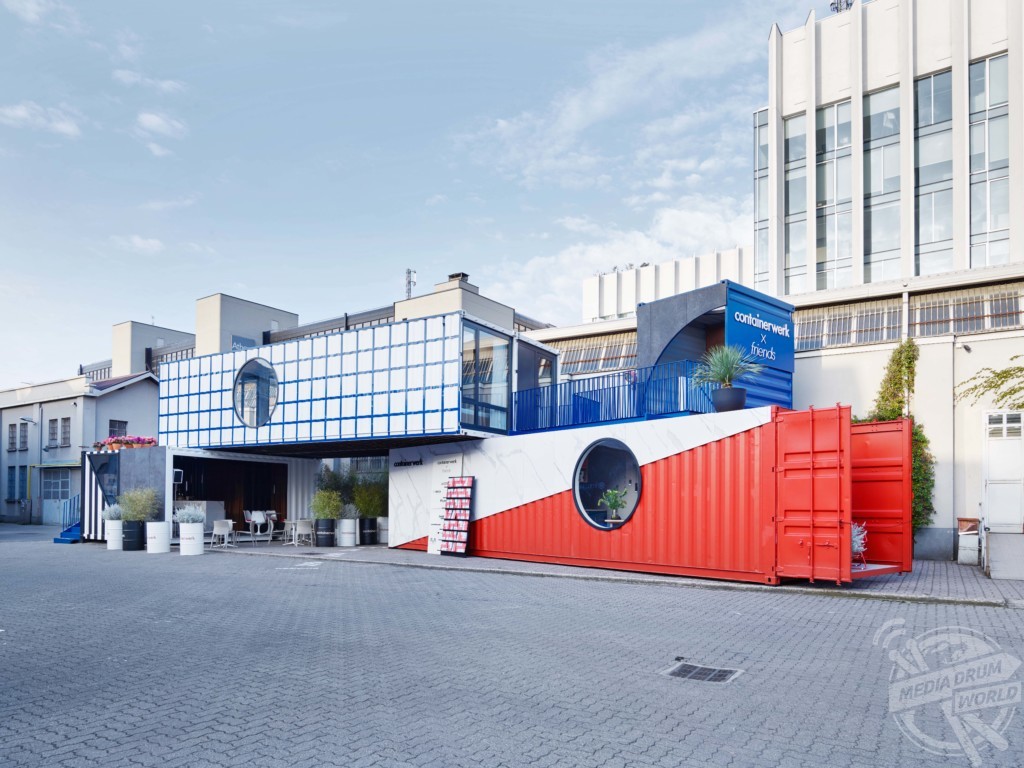By Mark McConville
PEEK INSIDE these stunning new homes that aim to combat housing shortages by converting old shipping containers into luxury accommodation of the future for just £35k.
Incredible images show the sea freight containers stacked on top of each other to create multiple storeys with 581-sqaure-feet of space while windows have been added inside the metal doors and in the middle of the property.
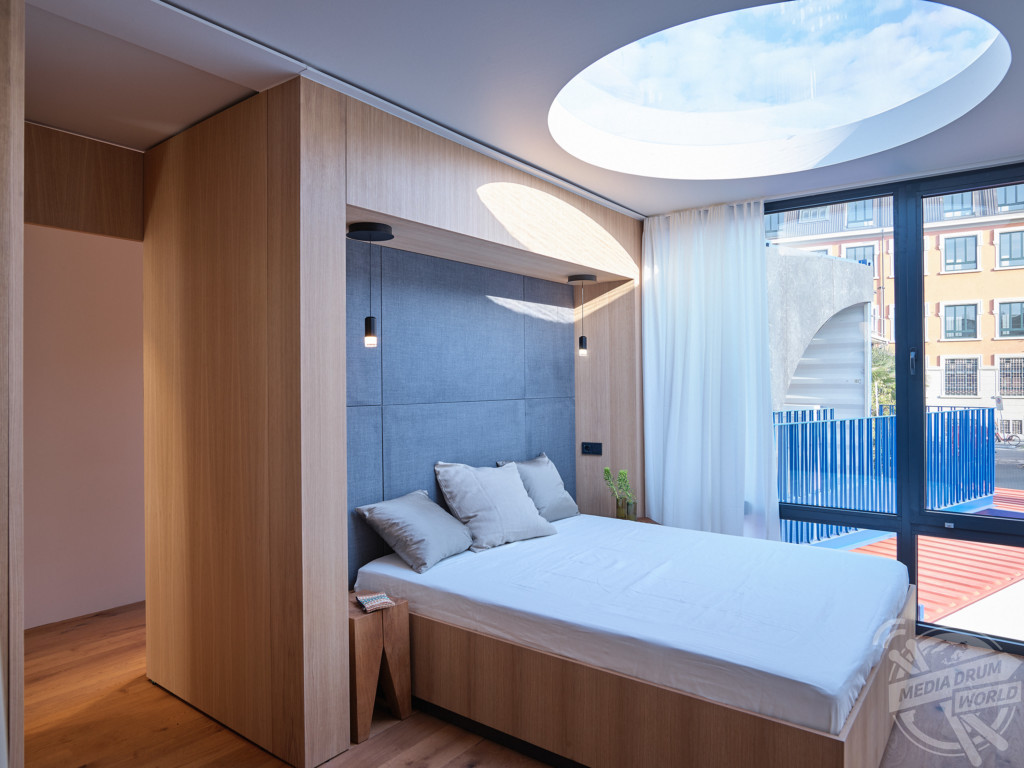
Other photographs show the surprisingly spacious interior with a large master bedroom coming complete with an en-suite bathroom closed off by a curtain while the kitchen and living area is flooded with natural light.
The quirky solution to the housing shortage problem was presented at Milan Design Week by German company Containerwerk.
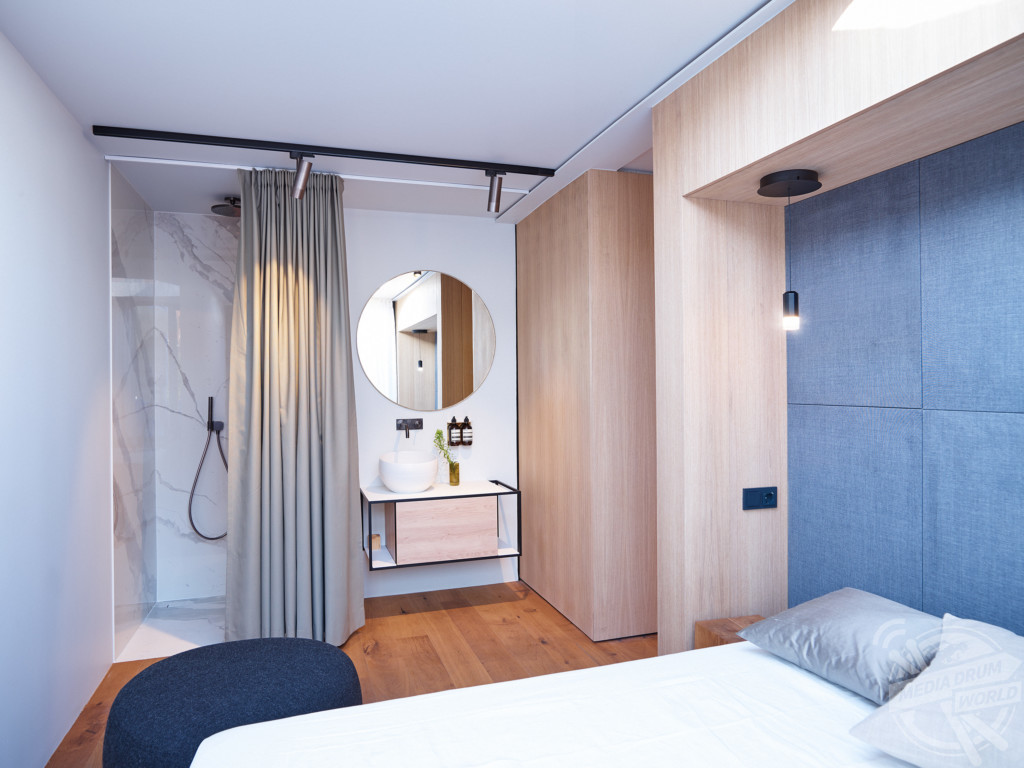
“Living space is becoming ever more expensive, building density is at its limits in Germany’s towns and cities, and many people struggle to pay the constantly rising rents,” they said.
“The solution is an inexpensive, robust and environmentally friendly material: disused sea freight containers. The average lifespan of a container is thirteen-years but its journey doesn’t have to end there.

“Instead of being turned into scrap metal, freight space can become high quality, long-lasting living space.
“By doing so, we wish to combat housing shortages in many areas and demonstrate that sustainability and social action does not have to be a drawback for housing association and property developers.”

Turnkey modules with housing start at £35,000, depending on the version, but can only be ordered with a contract volume of 20 containers or more.
Building shipping containers has been popular for years but the process of turning them into viable living structures is quite complicated.
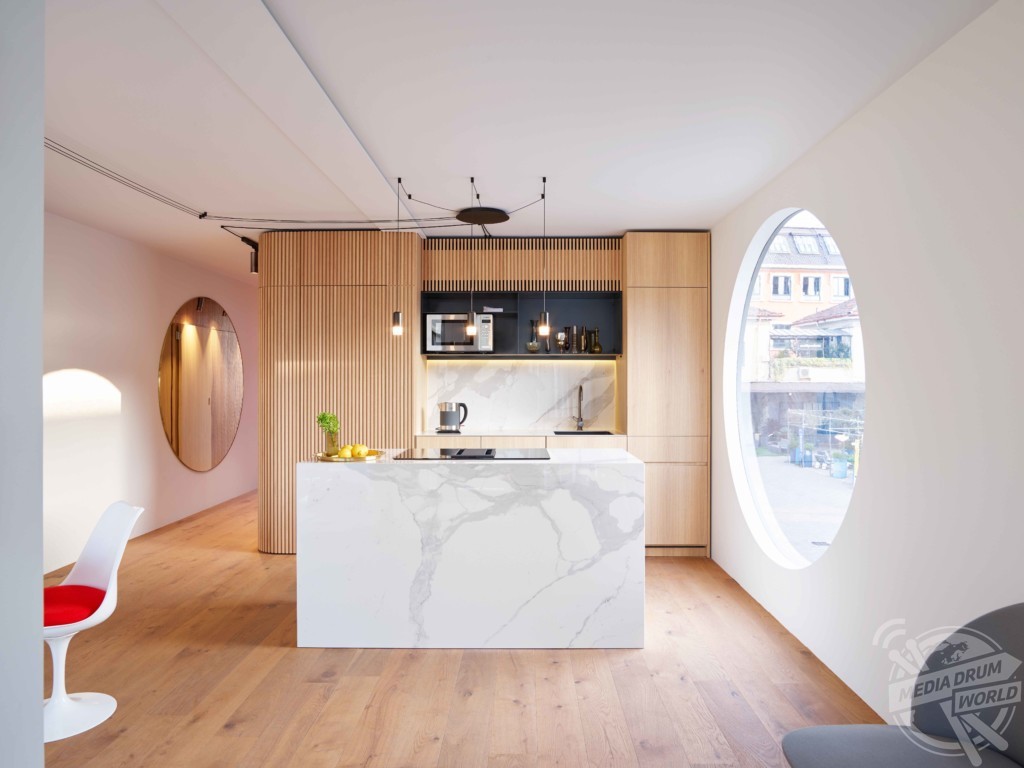
One of the major problems is insulating the structures but Containerwerk co-founder Ivan Mallinowski invented an industrial system to line the structures with a layer of foam insulation.
“Insulation is the big problem with building houses in containers,” Mallinowski said in a Dezeen video.
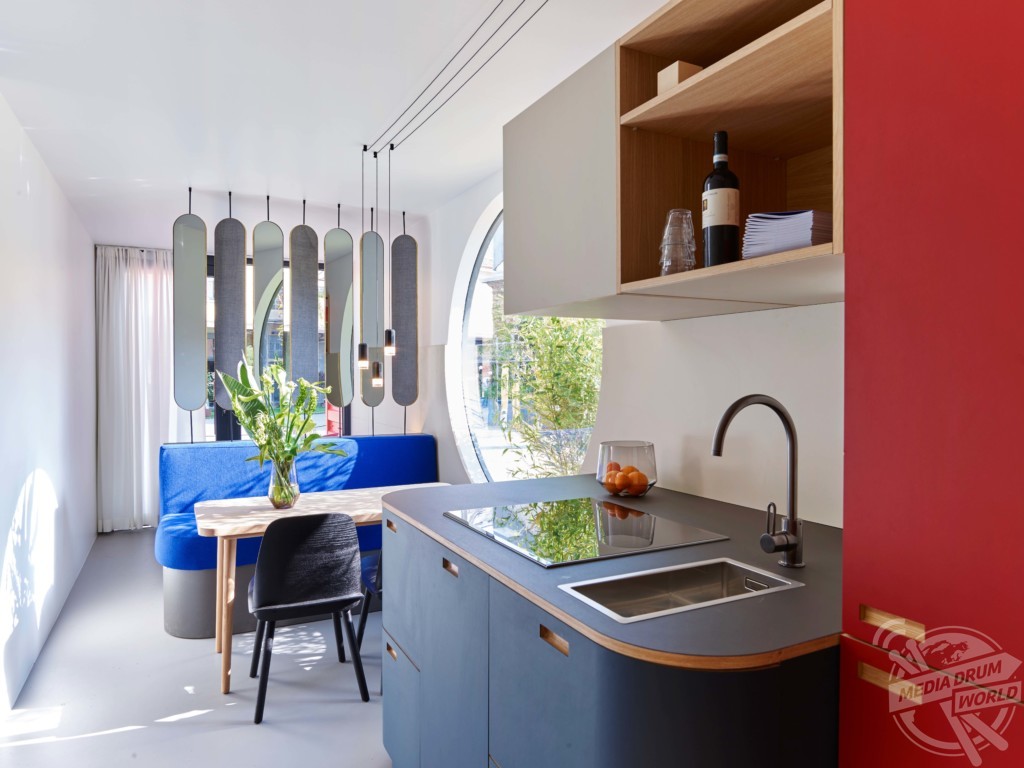
“If you look at the physics of a container, it is made from steel, and steel is a very good heat conductor.
“We build a special type of insulation. It’s a monolithic insulation, made by an industrial process and surrounds the whole container inside without any heat bridges.”
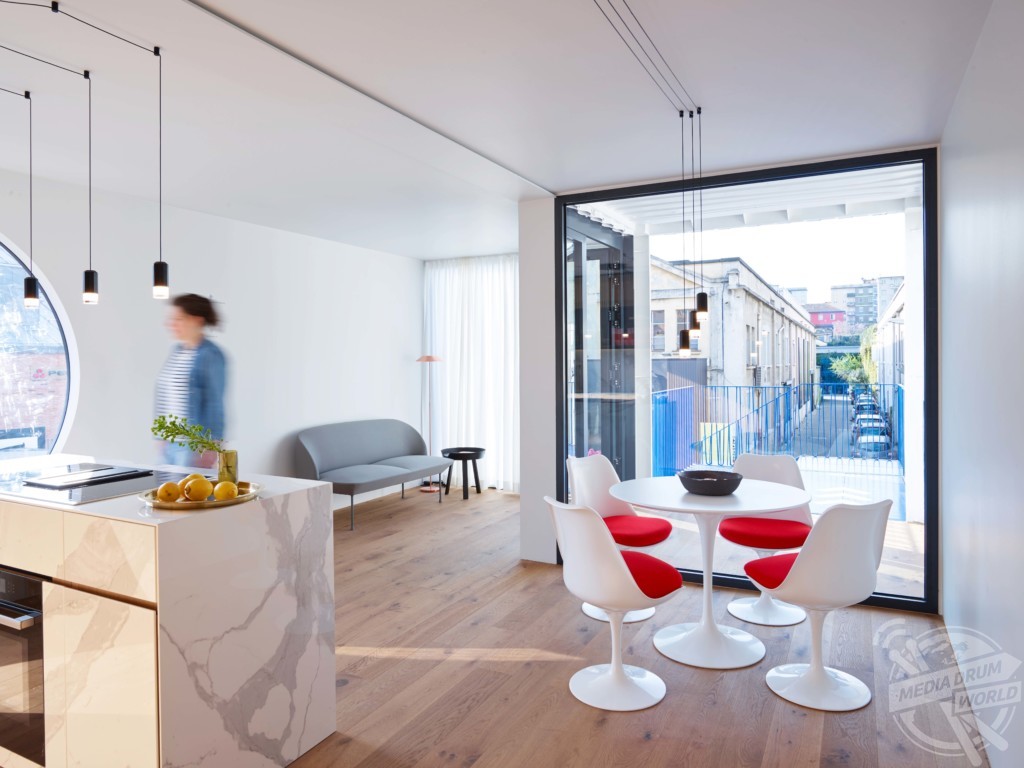
According to Mallinowski, using the specialty foam insulation not only makes the containers more efficient; it also allows for 10-centimetre thick walls, meaning that designers can make the most out of the containers’ already limited space.
He said, “We can build very thin walls so that the space in the container is as big as possible.”

For more information see www.mediadrumworld.com

